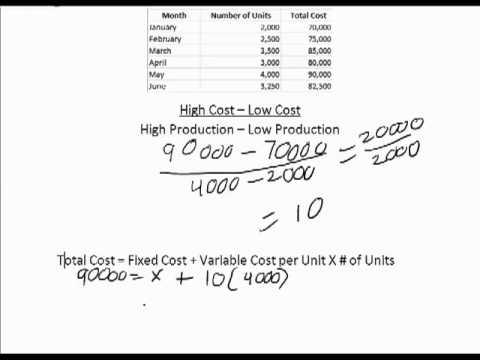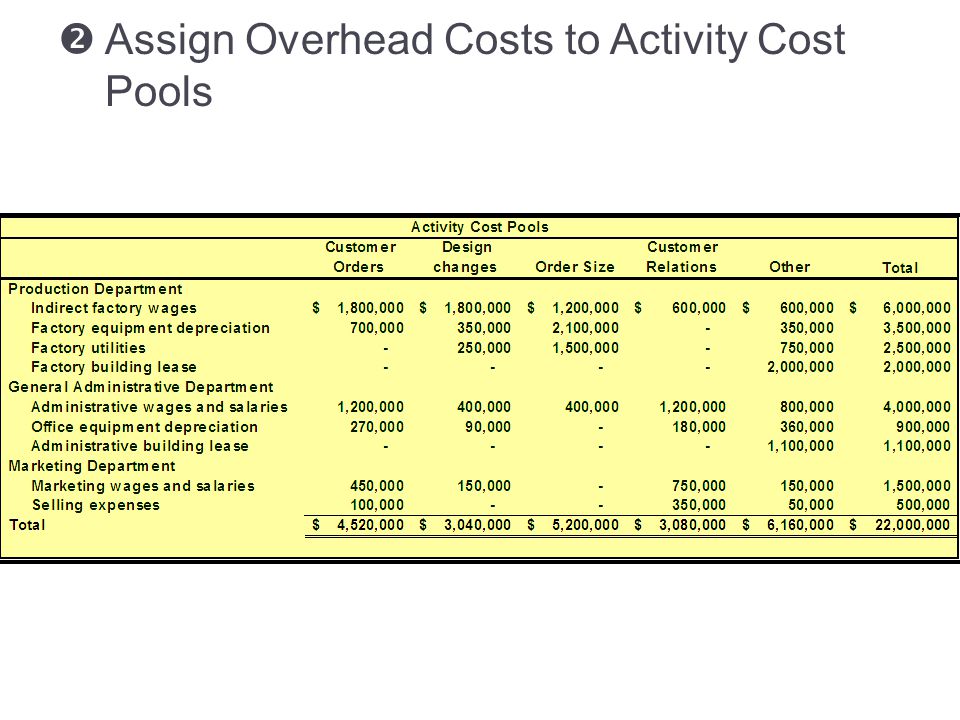Content

Receive monthly retirement guidance, financial planning tips, and market updates straight to your inbox. The Wall Street Journal reports that this medical breakthrough is “Transforming Medicine.” One analyst calculated that it could be worth $1 Trillion, making the upside potential of this small-cap 66,000% above today’s price. Harold Averkamp has worked as a university accounting instructor, accountant, and consultant for more than 25 years. Gains directly impact our Balance Sheet and Income Statements, see the samples below to see how this property transaction impacts both.
Thus, the dot-com bubble crashed, and all the Unrealized wealth evaporated. Envelope Light The Daily Upside Newsletter Investment news and high-quality insights delivered straight to your inboxIcon-Investing Get Started Investing You can do it. Equity, calculated as the residual interest in the assets of an entity after deducting liabilities. Interest paid on all farm loans or contracts is a cash expense, but principal payments are not. With his financial marketplace knowledge, transaction experience and background as a business owner, Tom designs creative transactions and financial structures and then guides his clients through the closing process. As vice president, Lizzy supports the firm through sell-side and buy-side merger and acquisition engagements.
“Show me the money!”
This is a handy measure of how profitable the company is on a percentage basis, when compared to its past self or to other companies. But the proposed method significantly overstates the cost reduction since it neglects the circumstances under which options are most likely to be forfeited or exercised early. When these circumstances are taken into account, the reduction in employee option costs is likely to be much smaller. Let’s look at each of the first three financial statements in more detail. The reported amount indicates the portion of the net assets that came into the business directly from stockholders. Understand the lack of financial impact that the exchange of ownership shares between investors has on a company.
- Companies release three main financial statements, and each one has its specific purpose.
- If a shareholder has S corporation loss and deduction items in excess of stock basis and those losses and deductions are claimed based on debt basis, the debt basis of the shareholder will be reduced by the claimed losses and deductions.
- Generally speaking the CFS will provide a clear view of the short-term viability of a business and its ability to pay its debts.
- Here, the cash flow statement starts with net earnings and adds back any non-cash expenses that were deducted in the income statement.
- The source of a company’s net assets is of interest to outside decision makers.
It’s called “gross” because expenses have not been deducted from it yet. Shareholders EquityShareholder’s equity is the residual interest of the shareholders in the company and is calculated as the difference between Assets and Liabilities. The Shareholders’ Equity Statement on the balance sheet details the change in the value of shareholder’s equity from the beginning to the end of an accounting period. It is also called “paper profit” or “paper loss.” Does Selling Stocks Increase the Net Income on the Balance Statement? It can be thought of as money on paper, which the company expects to realize by selling the asset in the future. When the company sells the asset, it realizes the gains and pays taxes on such profit. Disclosures to the financial statements describe how the marketable securities have been classified. They also provide further detail as to what kinds of securities are owned by the company and what transactions may have taken place during the fiscal year.
What are Unrealized Gains/Losses?
The entry to record this exchange would be based on the invoice value because the market value for the corporation’s stock has not yet been determined. The entry to record the transaction increases organization costs for $50,000, increases common stock for $5,000 (10,000 shares × $0.50 par value), and increases additional paid‐in‐capital for $45,000 . Organization costs is an intangible asset, included on the balance sheet and amortized over some period not to exceed 40 years. Finally, there is the issue of whether to allow companies to revise the income number they’ve reported after the grants have been issued. Some commentators argue that any recorded stock option compensation expense should be reversed if employees forfeit the options by leaving the company before vesting or if their options expire unexercised. But if companies were to mark compensation expense downward when employees forfeit their options, should they not also mark it up when the share price rises, thereby increasing the market value of the options?
- While a transaction involving a cash receipt or payment is sufficient to generate a recordable transaction, it is not necessary.
- Depreciation takes into account the wear and tear on some assets, such as machinery, tools and furniture, which are used over the long term.
- This leftover money belongs to the shareholders, or the owners, of the company.
- Rowe Price financial planners strongly encourage investors to focus primarily on their long-term financial goals.
He has also led teams that render fairness opinions in connection with public company sale, merger and financing transactions. If the business in question is a sole proprietorship, a partnership, or a limited liability company , the transaction cannot be structured as a stock sale since none of these entity structures have stock. Instead, owners of these entity types can sell their partnership or membership interests as opposed to the entity selling its assets. https://business-accounting.net/ If the business is incorporated, either as a regular C-corporation or as a sub-S corporation, the buyer and seller must decide whether to structure the deal as an asset sale or a stock sale. These financial statements all aim to provide an overview of a business’s performance and position, either over time, or at a given point in time. Common stock dividend payments are not subtracted from a company’s net income; however preferred stock dividend payments are.
Other Names for Net Income
Loss and deduction items not allowable in the current year are suspended due to basis limitations and are carried over to the subsequent year. Under IRC §1366, any loss suspended because of lack of stock and debt basis shall be treated as incurred by the corporation in the succeeding taxable year with respect to that shareholder. For loss and deduction items, which exceed a shareholder’s stock basis, the shareholder is allowed to deduct the excess up to the shareholder’s basis in loans personally made to the S corporation. Debt basis is computed similarly to stock basis but there are some differences. Since shareholder stock basis in an S corporation changes every year, it must be computed every year.Form 7203, S Corporation Shareholder Stock and Debt Basis Limitations, may be used to figure a shareholder’s stock and debt basis.

Remember not to subtract the original cost of feeder livestock purchased in the previous year, even though you do this for income tax purposes. Also include total cash receipts from sales of breeding livestock before adjustments for capital gains treatment of income are made. Sellers often favor stock sales because all the proceeds are taxed at a lower capital gains rate, and in C-corporations the corporate level taxes are bypassed. Likewise, sellers are sometimes less responsible for future liabilities, such as product liability claims, contract claims, employee lawsuits, pensions, and benefit plans. However, the purchase agreement in a transaction can shift responsibilities back to a seller.
Preferred stock may have a call price, which is the amount the “issuing” company could pay to buy back the preferred stock at a specified future date. The amount by which assets exceed liabilities is listed as total shareholders’ equity, and this represents the net worth of a company, or the book value of the stock. Shareholders’ equity includes common stock, additional paid-in capital and retained earnings. Interest income is the money companies make from keeping their cash in interest-bearing savings accounts, money market funds and the like. On the other hand, interest expense is the money companies paid in interest for money they borrow. Some income statements show interest income and interest expense separately.
Does selling stock increase your taxable income?
When you sell an investment for a profit, the amount earned is likely to be taxable. The amount that you pay in taxes is based on the capital gains tax rate. Typically, you'll either pay short-term or long-term capital gains tax rates depending on your holding period for the investment.
To illustrate, assume that Investor A buys capital stock shares directly from Business B for $179,000 in cash. The source of the increase is communicated to decision makers by adding $179,000 to the capital stock balance reported by the company. Investor A earns a $21,000 gain ($200,000 received less $179,000 cost) and Investor Z has replaced Investor A as an owner of Business B. However, the financial condition of the company has not been affected by this new exchange. Thus, the capital stock balance only measures the initial investment contributed directly to the business. The net income calculation also takes into account known costs of a business such as the cost of goods sold , operating expenses, other gains and losses, other expenses, depreciation and amortization, interest expenses and taxes. It does not take into account money that is paid out to shareholders in the form of a dividend. Gains, on the other hand, denote income not earned through the company’s operating activities, but on the sale of assets.
Stocks Institutional Investors Won’t Stop Buying
Here, by adding in the $3,000 change in fair value, Valente’s net income figure is adjusted to the more complete total. Despite the difference in the plan for these shares, they are—once again—recorded at historical cost when acquired. Calculate the gain or loss to be reported when available-for-sale securities are eventually sold.

